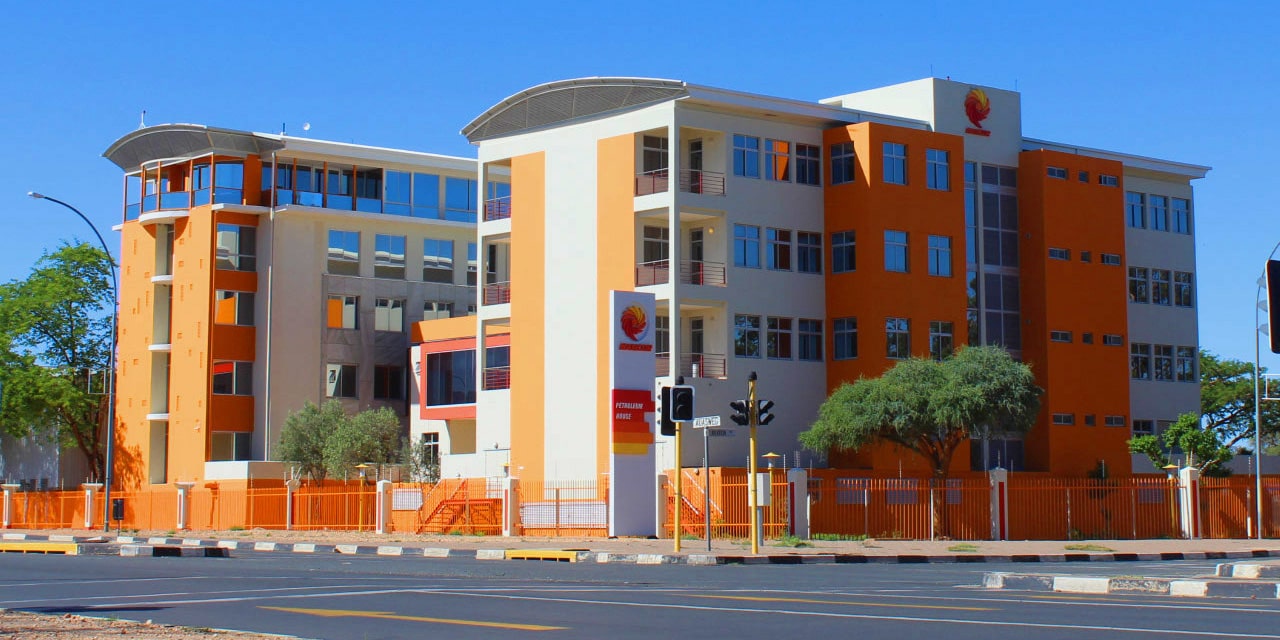Niël Terblanché
Concerns about potential radioactive pollution in the Stampriet Artesian Basin have surged as the Stampriet Aquifer Uranium Mining Association (SAUMA) takes a stand against mining activities within Namibia’s primary and largest artesian water resource.
While SAUMA does not oppose mining in general, the association strongly objects to the proposed in-situ leach mining method to extract uranium within the Stampriet Artesian Basin.
This mining technique, proposed by Russian company Headspring Investments, has raised alarm bells among environmentalists and experts who believe it poses a grave risk to the region’s water supply.
Dr Roy Miller, a geologist, recently addressed the Parliamentary Standing Committee on Natural Resources during their visit to Leonardville, where Headspring Investments plans to establish a uranium mine that will use the in-situ leach technique.
Dr Miller warned that around 7,000 boreholes that feed into the Stampriet aquifer could be at risk of contamination due to the mining solution used to dissolve uranium and other toxic radioactive minerals into the groundwater.
Tjikero Tweya, the Chairperson of the Parliamentary standing committee, stressed that the community in the area had expressed varying opinions on the proposed mining.
During the meeting, he stated that it was not for the government to unilaterally take sides and highlighted that the project was still in the exploration phase.
The Minister of Agriculture, Water and Land Reform previously denied drilling permit applications made by Uranium One, the local branch of Russia’s state-owned atomic energy agency, Rosatom, citing environmental concerns. Uranium One has since sought legal recourse to overturn the decision.
Dr Miller pointed out the high risk of the mining solution entering the drinking water due to the high usage of the aquifer’s water, with irrigation boreholes pumping vast quantities of water.
He also highlighted the dangers associated with in situ leaching, including the dissolution of uranium, radioactive minerals, toxic heavy metals, and the addition of sulphates to the water.
Dr Miller stressed that contamination could extend beyond the mining area, potentially affecting other aquifers and posing health risks such as cancer and organ damage.
He noted that the uranium levels in the proposed mining solution were a thousand times above World Health Organization guidelines.
SAUMA has been actively raising concerns about in situ uranium mining in the Stampriet Artesian Basin with the Parliamentary Standing Committee on Natural Resources since June. However, their requests for an audience with the committee were initially unsuccessful.
Only two members of the Committee on Natural Resources attended a meeting held in Leonardville last week, where SAUMA delivered a presentation outlining the risks associated with in situ leach mining.
The association called for the involvement of independent specialists to conduct a scientific investigation into the hazards associated with the mining technique.
SAUMA stated that it remains committed to safeguarding Namibia’s water resources and securing a sustainable future for generations to come.
The association works closely with stakeholders, governmental bodies, and local communities to promote sustainable and responsible mining practices within the protected water area of the Stampriet Artesian Basin.




